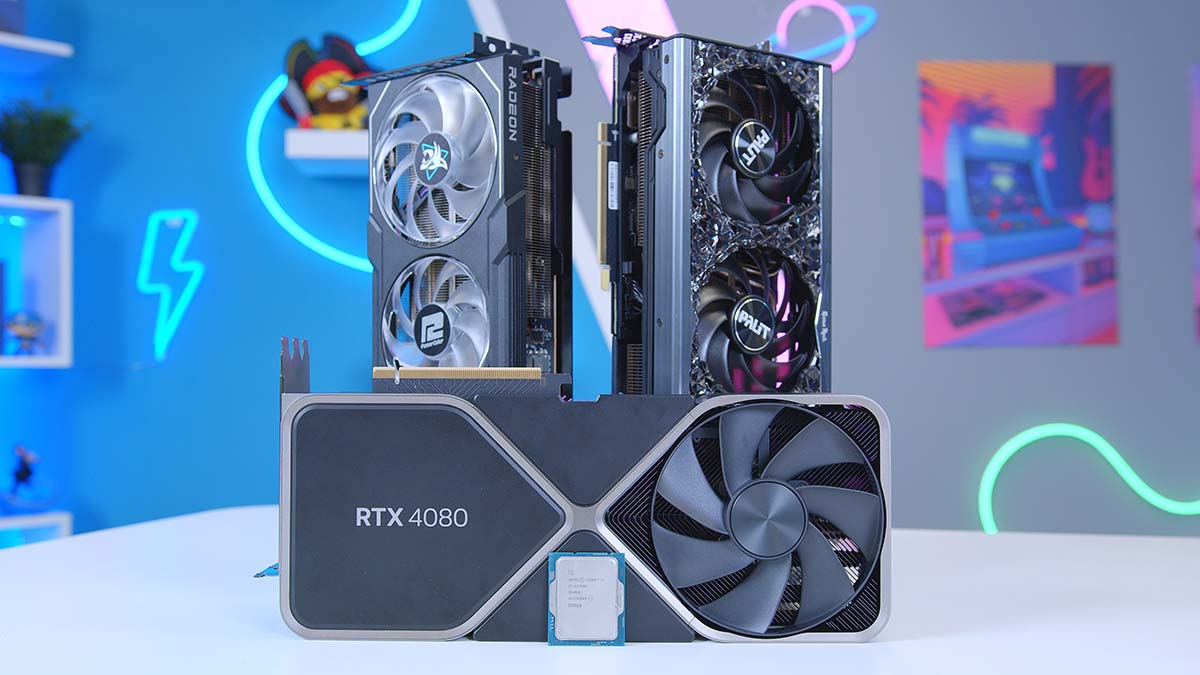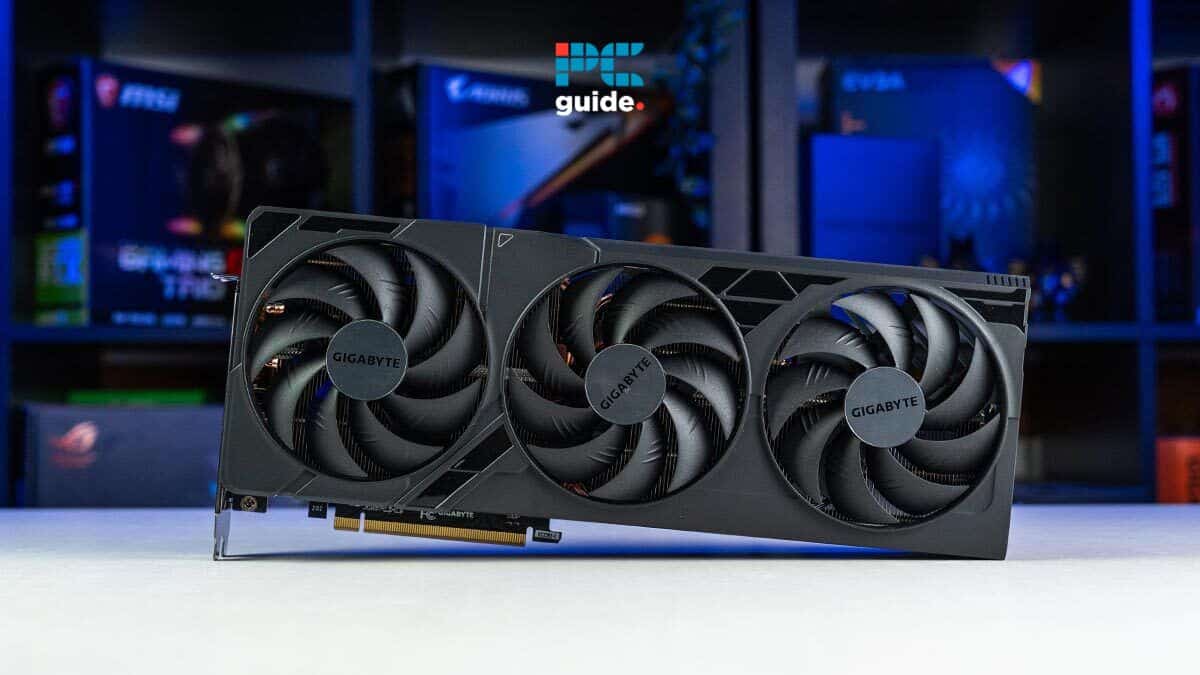Choosing the Right graphics Card for Your Intel i7 Processor
Your Intel i7 processor is a powerful engine for gaming, content creation, and other demanding tasks. But to truly unleash its potential, you need a graphics card that can keep up. This comprehensive guide will walk you through the key factors to consider when selecting the perfect GPU for your i7, ensuring a smooth and immersive experience.
Understanding the Importance of a Graphics Card
A graphics card, also known as a GPU (Graphics Processing Unit), is a dedicated piece of hardware responsible for rendering images, videos, and other visual content. While your i7 processor has integrated graphics, a dedicated graphics card offers significantly more processing power, leading to:

Improved Gaming Performance: Higher frame rates, smoother gameplay, and the ability to play games at higher resolutions and settings.
Matching Your i7 Processor with the Right GPU
The ideal graphics card for your i7 depends on several factors, including the specific i7 model, your budget, and your intended use. Generally, more powerful i7 processors can handle more powerful GPUs without creating a bottleneck (where the CPU limits the GPU’s performance).
Key Factors to Consider When Choosing a Graphics Card

# 1. Performance and Resolution
Target Resolution: Are you aiming for 1080p, 1440p, or 4K gaming? Higher resolutions demand more powerful GPUs.
# 2. GPU Manufacturer: NVIDIA vs. AMD
NVIDIA: Known for its GeForce series, offering a wide range of cards from budget-friendly to high-end. Often favored for its ray tracing capabilities and DLSS (Deep Learning Super Sampling) technology.
# 3. VRAM (Video RAM)
# 4. Cooling and Power Consumption
Cooling Solutions: Graphics cards generate heat, so efficient cooling is essential. Look for cards with good heatsinks and fans. Some high-end cards utilize liquid cooling.
# 5. Connectivity
PCIe Slot: Make sure your motherboard has a PCIe x16 slot, which is the standard for graphics cards.
# 6. Budget
Recommended Graphics Cards for Intel i7 Processors (by Performance Tier)
# Entry-Level (1080p Gaming, Light Content Creation)
NVIDIA GeForce GTX 1650/1660: Good for entry-level 1080p gaming at medium to high settings.
# Mid-Range (1080p/1440p Gaming, Moderate Content Creation)
NVIDIA GeForce RTX 3060/3060 Ti: Excellent for 1080p gaming at high settings and can handle 1440p gaming at medium settings. Offers ray tracing and DLSS support.
# High-End (1440p/4K Gaming, Demanding Content Creation)
NVIDIA GeForce RTX 3070/3070 Ti/3080: Excellent for 1440p and 4K gaming. Offers high frame rates and excellent image quality. The RTX 3080 provides a significant jump in performance for 4K gaming.
# Enthusiast-Level (4K Gaming, Professional Content Creation)
NVIDIA GeForce RTX 3090/3090 Ti: Top-of-the-line cards designed for the most demanding users. Excellent for 4K gaming at maximum settings and professional workloads.
Considerations for Specific i7 Models
While the general recommendations above apply, it’s worth considering the specific generation and model of your i7 processor:
Older i7s (e.g., 2nd, 3rd generation): May not fully utilize the capabilities of the very latest high-end graphics cards. Focus on mid-range or slightly older high-end cards for a good balance.
Avoiding Bottlenecks
A bottleneck occurs when one component (usually the CPU) limits the performance of another component (usually the GPU). To avoid bottlenecks:
Match your GPU to your CPU: Don’t pair a very high-end GPU with a very low-end CPU, or vice versa.
Tips for Installing Your Graphics Card
1. Turn off your computer and unplug it.
2. Open your computer case.
3. Locate the PCIe x16 slot.
4. Remove the slot cover(s) at the back of the case.
5. Carefully insert the graphics card into the PCIe slot.
6. Secure the card with the screws.
7. Connect the necessary power cables from your PSU to the graphics card.
8. Close your computer case.
9. Connect your monitor to the graphics card.
10. Install the graphics card drivers.
Conclusion
Choosing the right graphics card for your Intel i7 processor is a crucial step in maximizing your computer’s performance. By considering the factors outlined in this guide, you can make an informed decision and select a GPU that meets your needs and budget, ensuring a smooth and enjoyable experience for gaming, content creation, and more. Remember to research specific models, read reviews, and compare benchmarks before making your final purchase.
graphics card for i7
